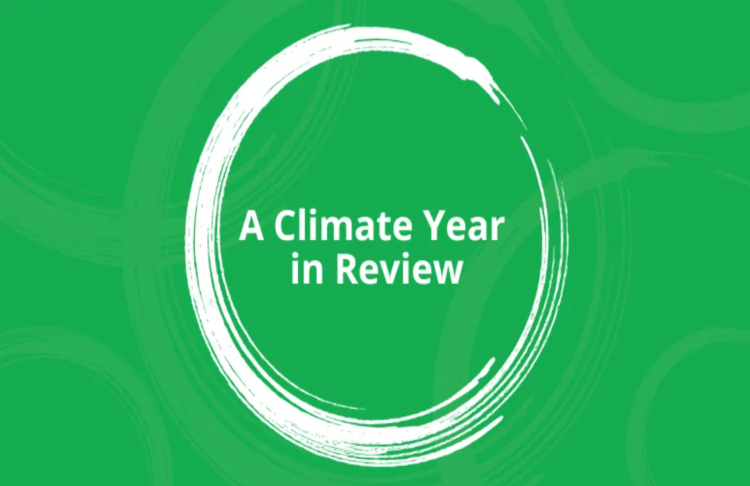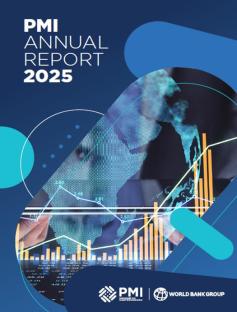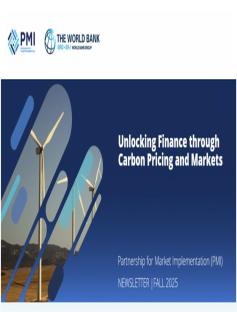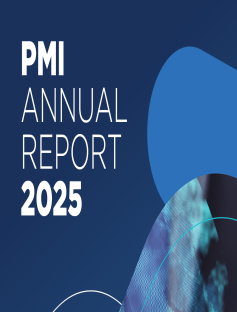Here is a snapshot of 10 efforts the Bank Group advanced in climate action this year.
2024 raised the stakes for climate action with impacts getting worse disrupting and delaying much-needed development. In March 2024, for instance, temperatures soared to 113 degrees farenheit in South Sudan, causing the government to announce a ‘serious health hazard’ turning 2.2 million children away from schools. In the last 18 months, children in Fiji lost about two months of learning, or 20% of a typical academic year. In Tuvalu, two out of the 10 schools in the nation will need to relocate due to climate risk.
But there are bright spots behind these grim statistics – new solutions, technologies and policies around the world are helping shape a different world, making people resilient; food, water, and clean air abundant; and poverty defeated.
Here is a snapshot of 10 efforts the Bank Group advanced in climate action this year.
Delivering a record-breaking $42.6 billion in climate finance in fiscal year 2024.
Each institution within the World Bank Group is contributing to this objective but there is more to do. IBRD and IDA together delivered $31 billion in FY24 in climate finance, of which $10.3 billion specifically supported investments in adaptation and resilience. IFC, the private sector arm of the World Bank Group, delivered $9.1 billion in long-term climate finance. MIGA, the World Bank Group’s political risk insurance and credit enhancement arm, delivered $2.5 billion in climate finance.
Boosting climate finance with the Multilateral Development Banks.
MDBs estimate that, by 2030, annual collective climate financing for low- and middle-income countries will reach $120 billion, including $42 billion for adaptation. MDBs will also aim to mobilize $ 65 billion from the private sector.
Making the case for adaptation finance and much more.
Adaptation finance is only a fraction of what is needed to making countries, communities, and people more resilient. In fact, reducing vulnerability to climate impacts and building resilience requires three things: more rapid development, more resilient development, and targeted adaptation interventions. Climate finance numbers tend to only capture the latter, while countries need to achieve all three for good adaptation with the first two particularly important for the world’s poorest countries.
Read the full story here: https://www.worldbank.org/en/news/feature/2024/12/13/a-climate-year-in-review




